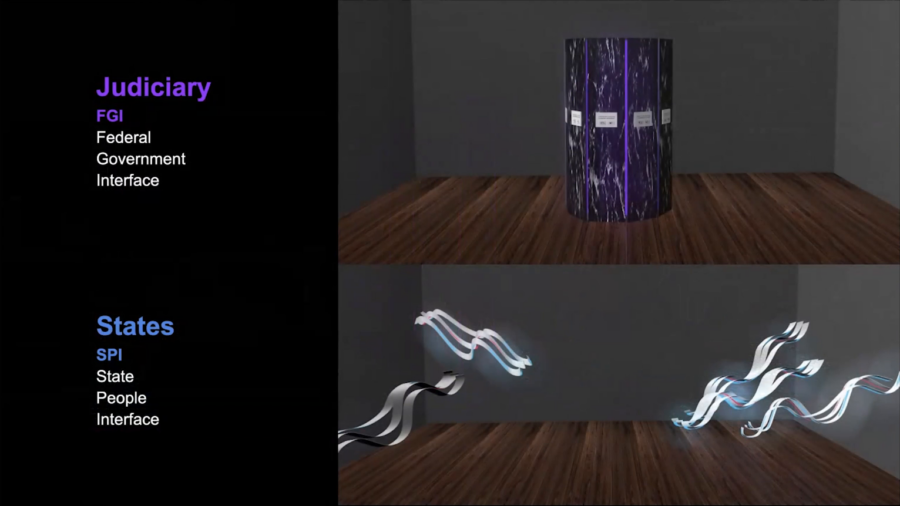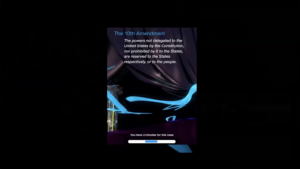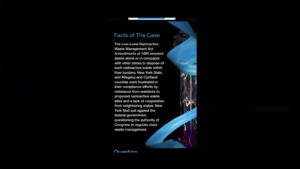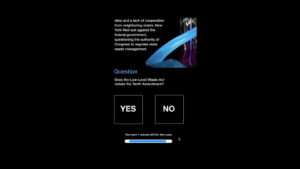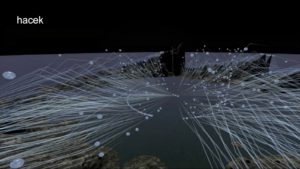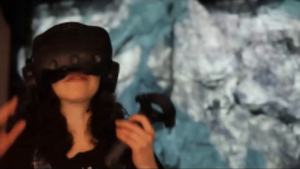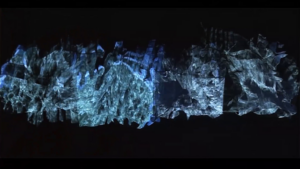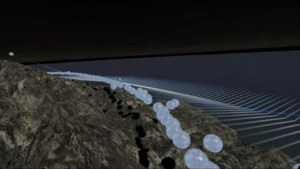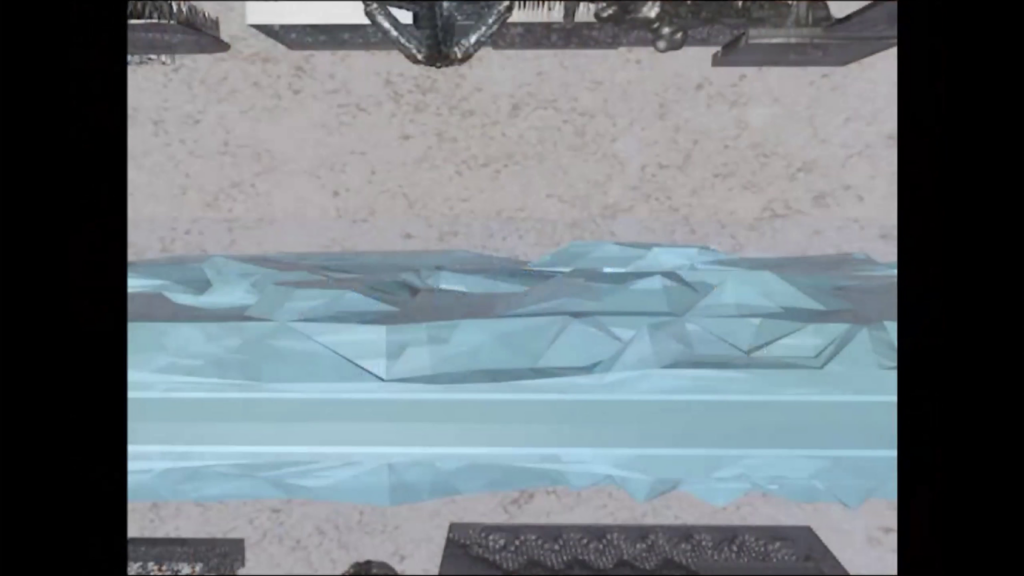Golan Levin: Welcome back everyone. Our tenth and final Shall Make, Shall Be presentation is by arts.codes, an artist collective and open source distribution platform co-directed by Margaret Schedel and Melissa F. Clarke that celebrates art with computational underpinnings.
Melissa F. Clarke is a Brooklyn-based interdisciplinary artist whose work often employs generative and interactive custom-programmed environments. In her work she extrapolates research into multimedia installations, generative environments, audiovisual sculptures, performances, and printed images. A graduate of NYU ITP, Clarke has taught media arts at SUNY Stony Brook, and has participated in residencies at Pioneer Works, the Simons Center for Geometry and Physics, and Visible Future Labs at the School of Visual Arts.
Margaret Schedel transcends the boundaries of disparate fields to produce integrated work at the nexus of computation and the arts. With an interdisciplinary career blending classical training in cello and composition, digital audio research, and computational arts education, she is internationally recognized for the creation and performance of ferociously interactive media. Her research in the sonification of gesture and data takes form in interactive opera, virtual reality, and video games. Schedel is professor and co-director of computer music at SUNY Stony Brook.
Folks, I’m pleased to welcome arts.codes.
Melissa F. Clarke: Hello!
Margaret Schedel: Thank you very much.
Clarke: Okay! Hi, my name is Melissa. My pronouns are she and her. Welcome to our project, v.erses, a playable audiovisual installation inspired by the Tenth Amendment.
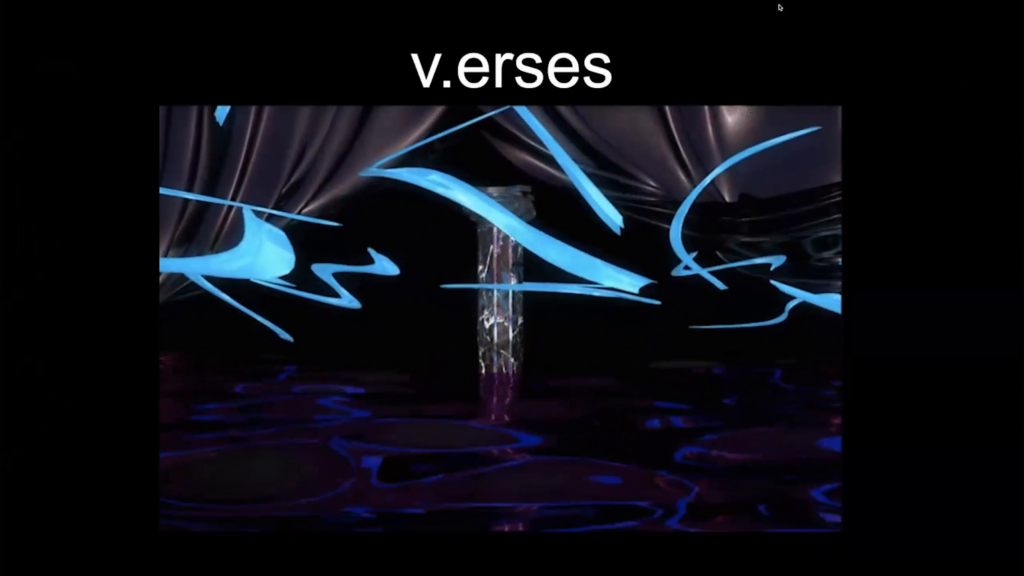
So the Tenth Amendment has been called both mysterious and remarkably clear. In one sense it is but a truism, yet over the last several decades cases decided by the judicial interpretations of the Tenth Amendment are becoming more numerous and partisan. Over the years the Supreme Court has found judicially-enforceable limits on the power of the federal government to regulate the states. By 2011, the Court decided that individuals can change federal laws on the basis of the Tenth Amendment. Currently we are witnessing states pass laws that seem to override Supreme Court precedents and decisions, ie. abortion and LGBTQ rights.
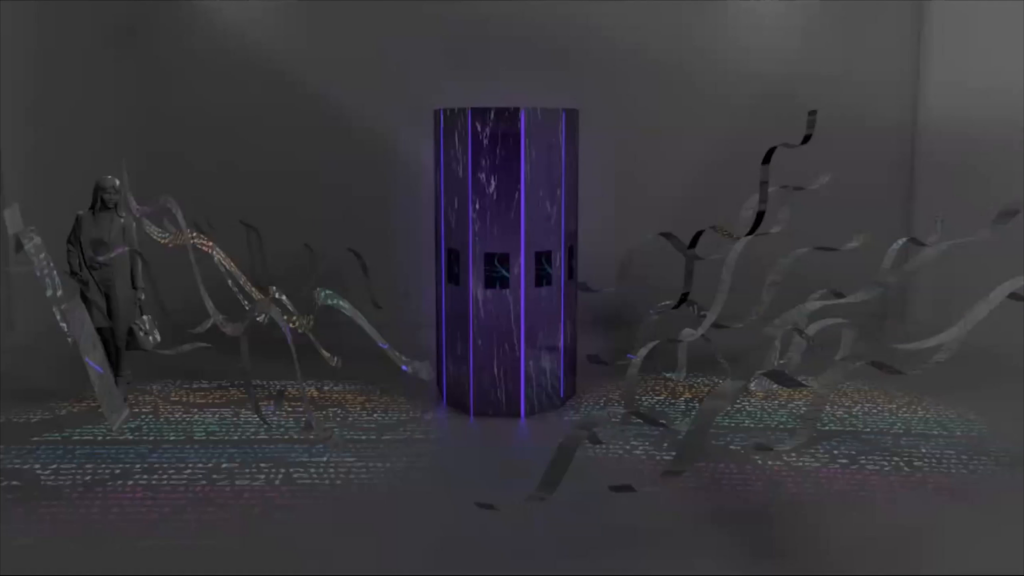
So, here is an early…or was, will be again—an early conceptual sketch of v.erses in its entirety. Inspired by the separation of powers in the Tenth Amendment, v.erses is a playable interactive sound and visual artwork with two distinctive interfaces: one representing the federal government, and one representing the states or the people.
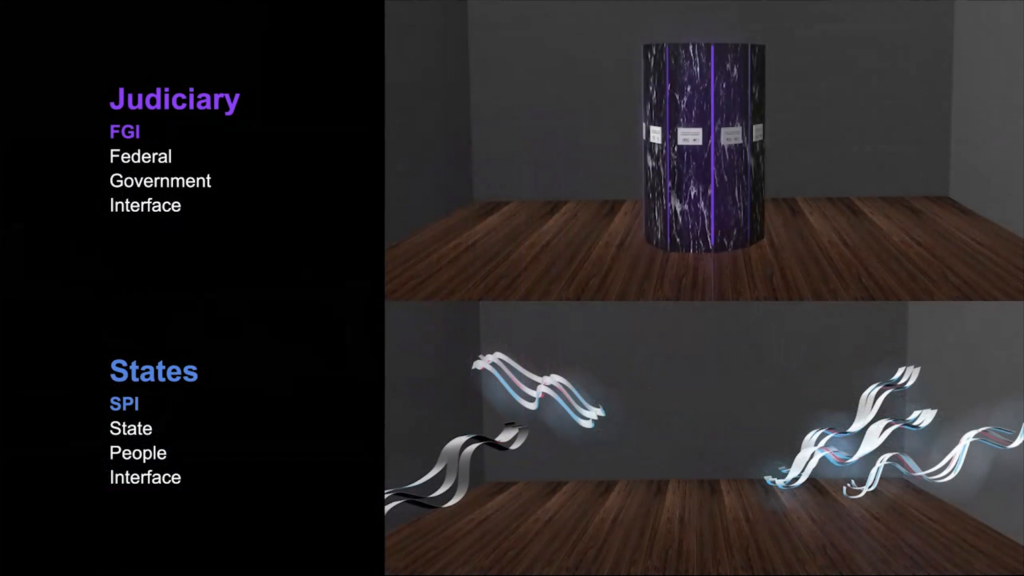
Schedel: So, hi everyone. I’m Meg; she or they. As Melissa said we were really inspired by the separation of powers in the Amendment to create a system where votes on the judiciary side would control what kind of interactions could take place on the state side. So essentially the votes on the column determine the rules of the game.
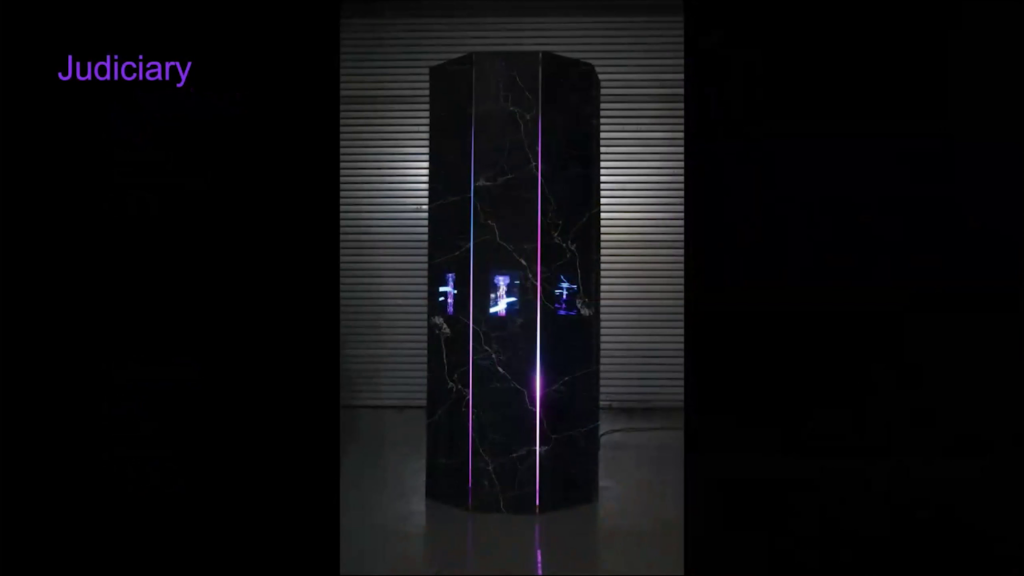
This is the Judiciary column, which has been completed, that has nine interactive sides where the judges begin the fate of the gameplay by voting.
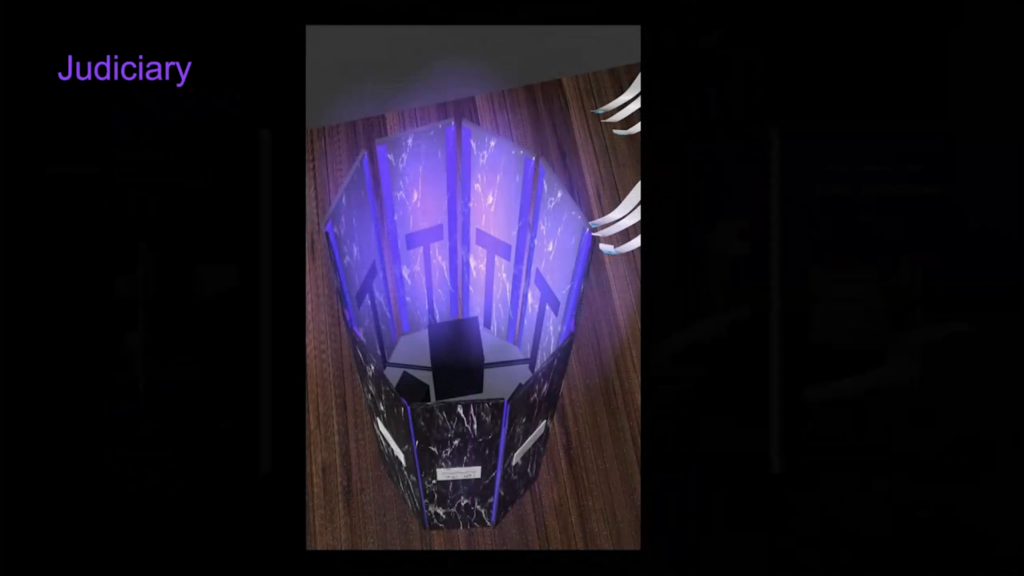
And all the electronics are housed in this judiciary column, including the tablets, sensors, a computer, an audio interface, six speakers, and the reactive lighting.
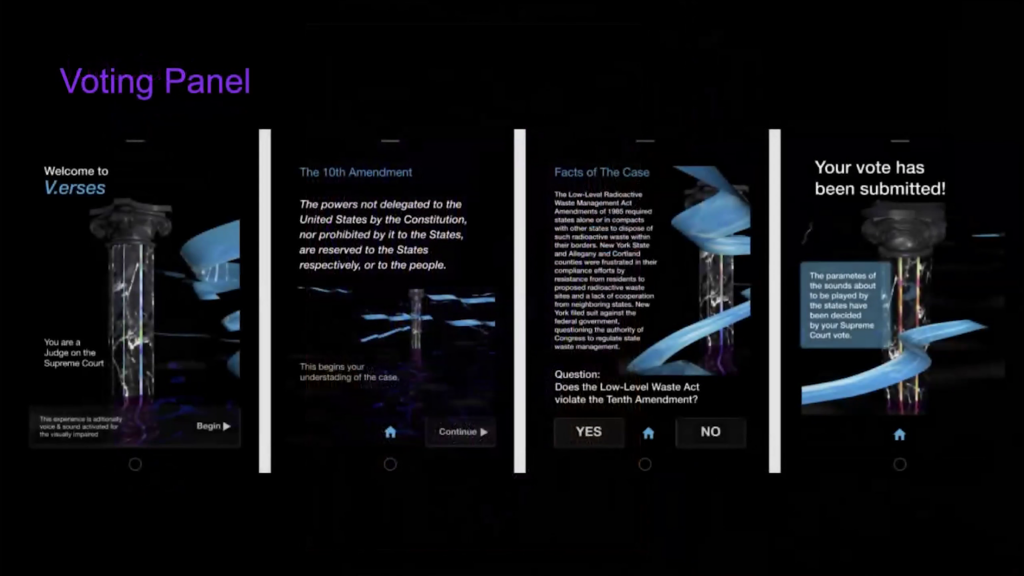
On the column we have nine kiosk tablets connected to a custom content management system running the game. So, this is a high-definition iteration of the tablet interface. The tablets display Amendment information, then a specific case of a few pre-selected cases that users have the ability to vote on.
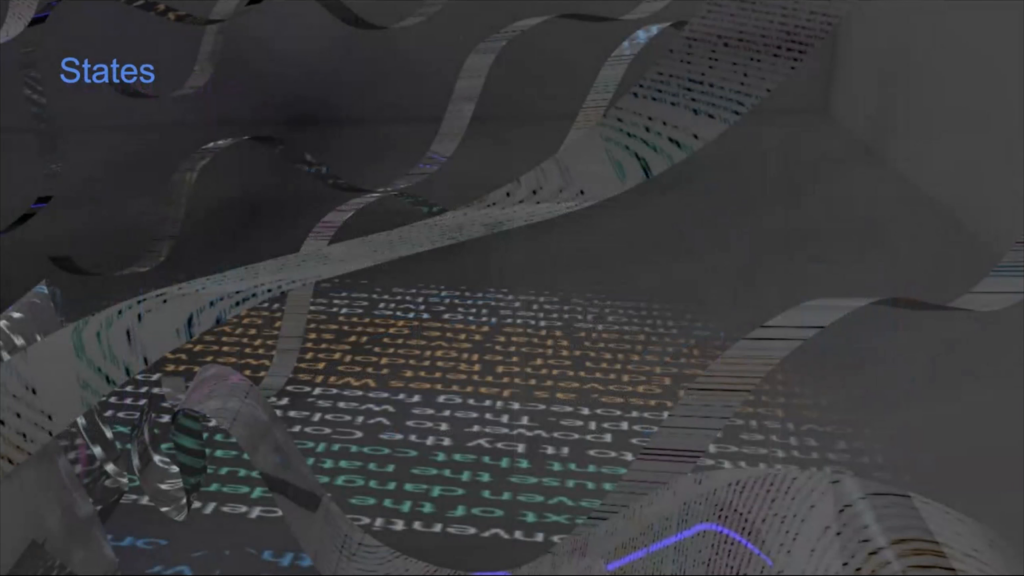
So when we were developing the concept for v.erses, we were particularly struck by the final clause of the Tenth Amendment, which reads are reserved to the States respectively, or to the people.
This unambiguously reserved all non-delegated power to its original source, the people. We then designed the State side as flowing flag-like ribbons that would interact with the judicially-decided algorithms of the sound and the visuals.
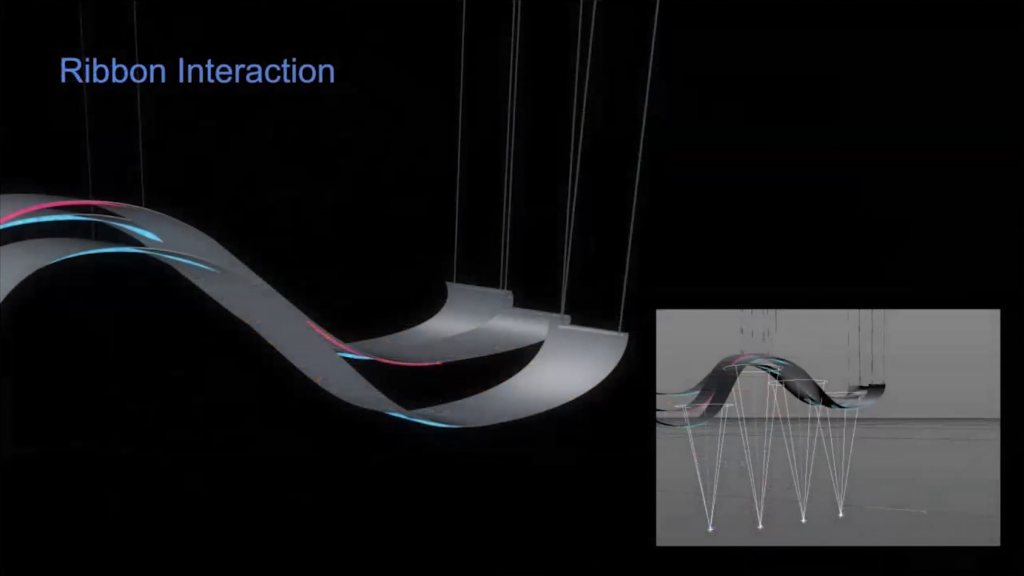
Schedel: Because of the installation constraints at Federal Hall we’re going to be using proximity sensors within the column instead of ribbons.
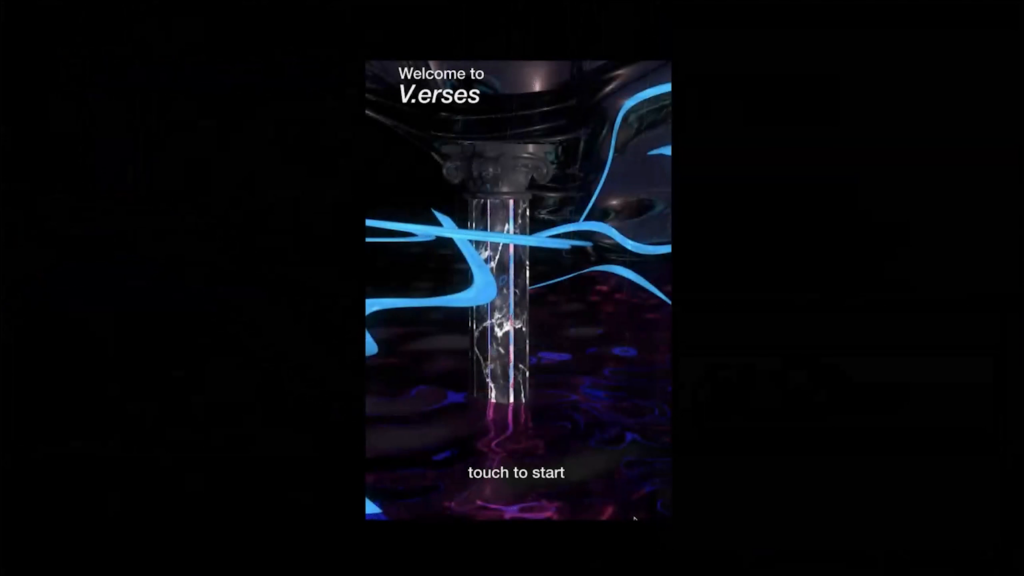
Clarke: So, here’s a little screen capture [4:43–] of our judicial game interface on the nine columns. All nine tablets are timed in sync with each other so that the users for each game must decide and submit their votes concurrently before the second part of the game begins.
So they’re introduced to the Tenth Amendment and the facts of a case—we have several cases in the queue. And then they’re prompted with a question. All the while they know that this is a timed decision. They scroll down, and they decide yes or no with the problem, and they see the timer is running, and this person says “no.”
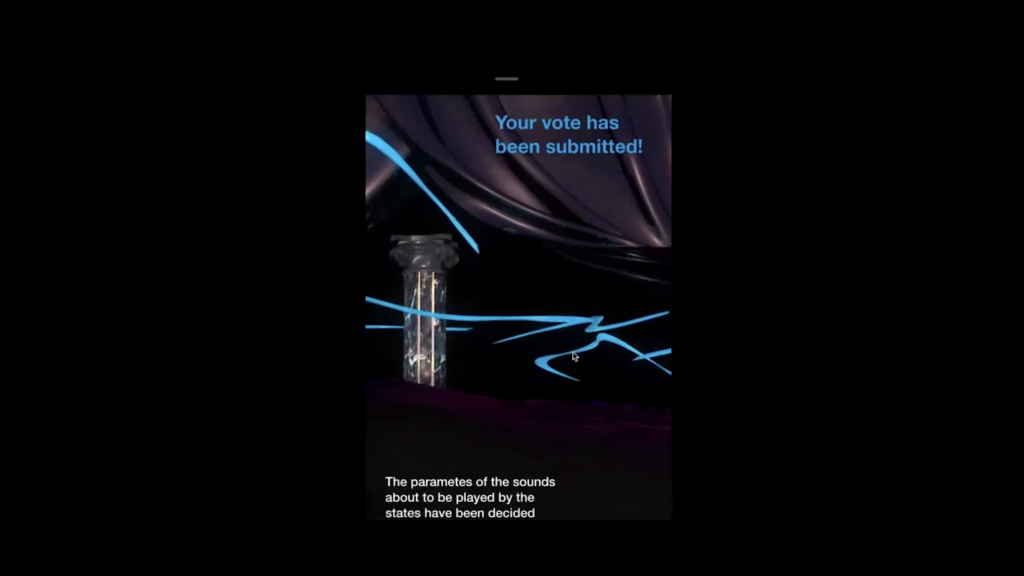
And then they’re told the sound and visuals of the game that commence have been decided by their votes.
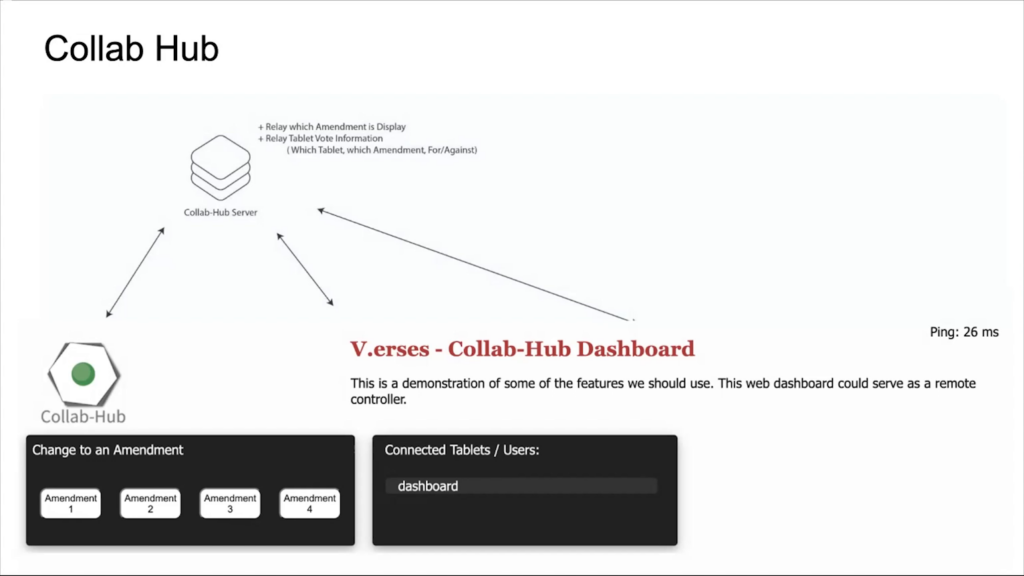
Looking under the hood of our piece, we have the content management system. It’s basically a cloud-based system where it’s storing the cases that we have preloaded. And it takes the voting data of the judges. And once it’s compiled it applies it to the algorithms of the sound and the visual output for the game interaction.
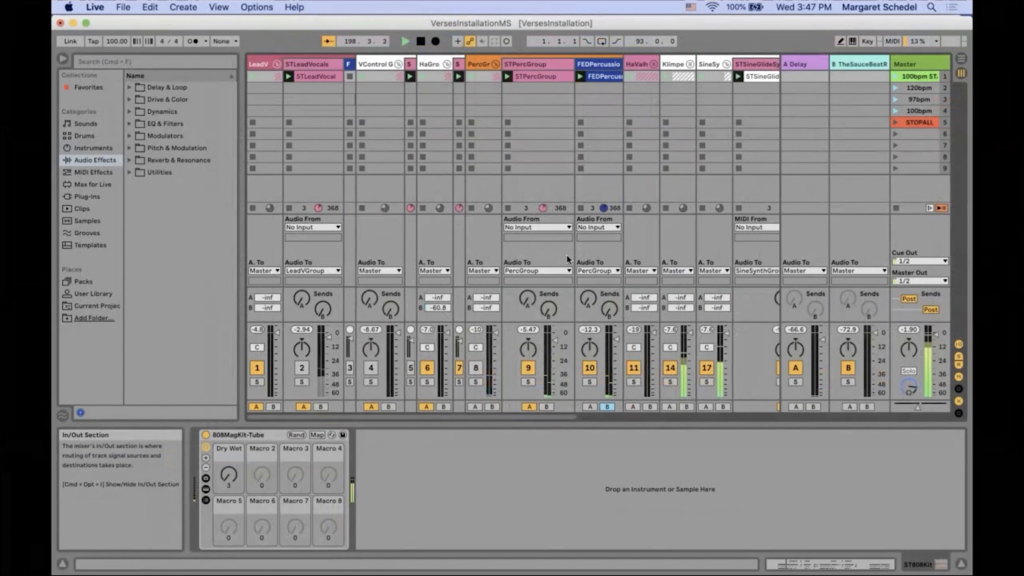
Schedel: So essentially the cases decide which set of sounds will or will not be affected by the sensors. So if the participants delegate a power to the federal government, that track becomes stable. So here, a synthesizer either repeats every 8th note if it is a federal control, or can get up to 196th notes if under state control. [6:19–6:32]
Some of the interactions are more subtle. So for the drums it’s the amount of reverb that is controlled. [6:42–6:58]
So the idea is you need a balance of federal and state control in order to make a piece that is not too boring or too active.
For our vocals, we enlisted the help of Toni Blackman, who freestyled about the Bill of Rights and the Tenth Amendment. So if the voters give the power to the federal government on the case that decides the vocal interaction, there are no vocals. But if they give the power to the states, the amount of the vocals—from just interjections, to only verses, to only choruses, to the whole soundscape at once—are controlled. [7:35–8:04]
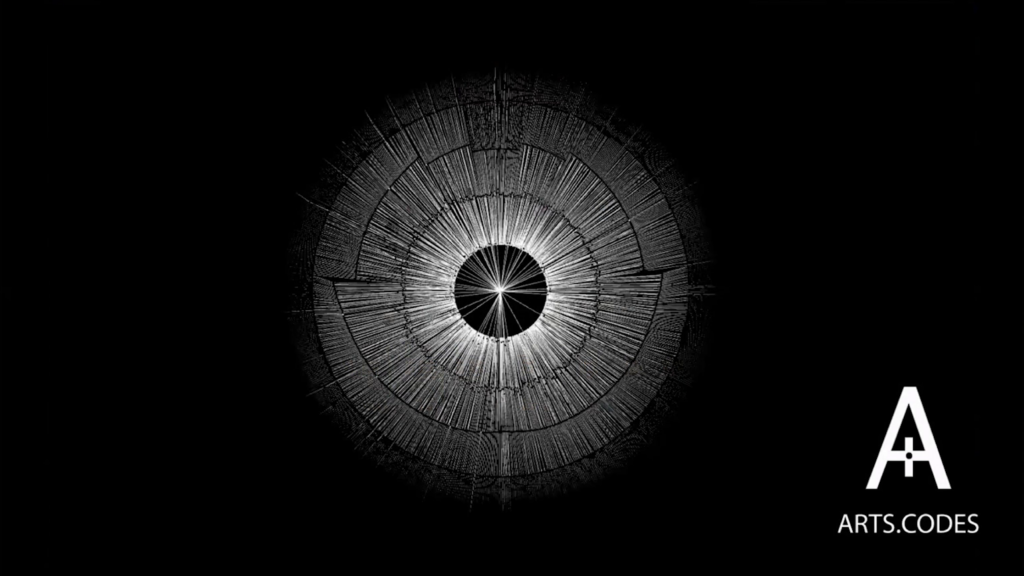
Clarke: Nice. So again, we’re arts.codes. We’re an artist collective and open source distribution platform that celebrates with computational underpinnings of art.
Schedel: And some of our earlier projects included háček, which was a piece that we designed for ShmooCon, where we used actual ISP data from a contest to get a ticket to the con to create an interactive experience. So essentially users can switch which pearl that you ride in an attempt to get to the center of the landscape and get a ticket to the conference. It was both a VR experience and then a mesh sculpture with the abstracted projections of the video and audio happening live in VR behind it.
And here’s what’s happening inside the VR. So the height of the landscape, the paths of the pearl, and all of the sounds are controlled by that ISP data which had a time element. So everything is basically created from this data.
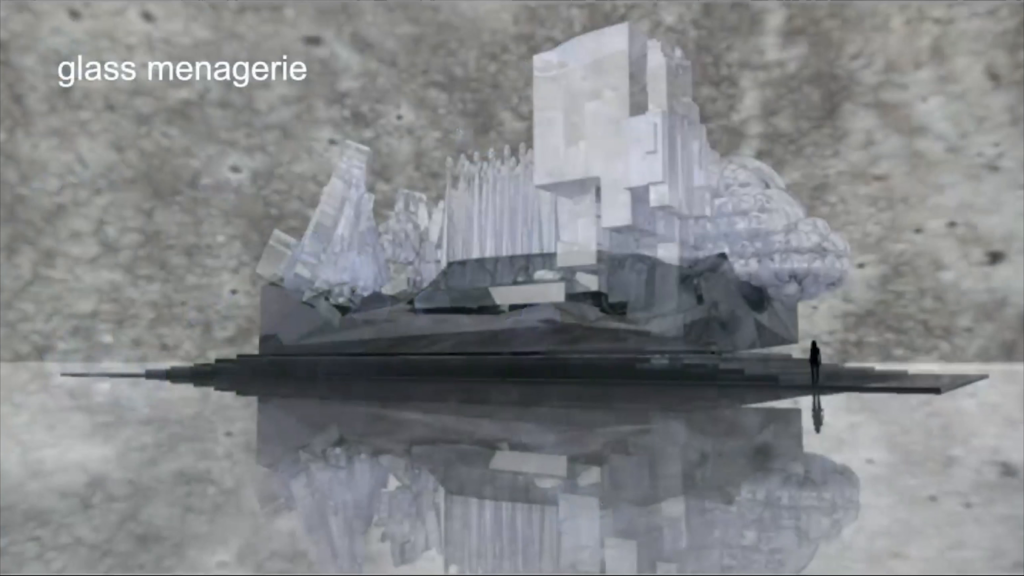
Clarke: So after háček we created Glass Menagerie, which presented a portable installation and virtual reality experience in collaboration with Brookhaven National Laboratory center for Functional Nanomaterials. An early and conceptual sketch here demonstrates the VR portion, which we wanted to present the nano data to be reversed in scale to the perception of the participant. So basically bigger than life.
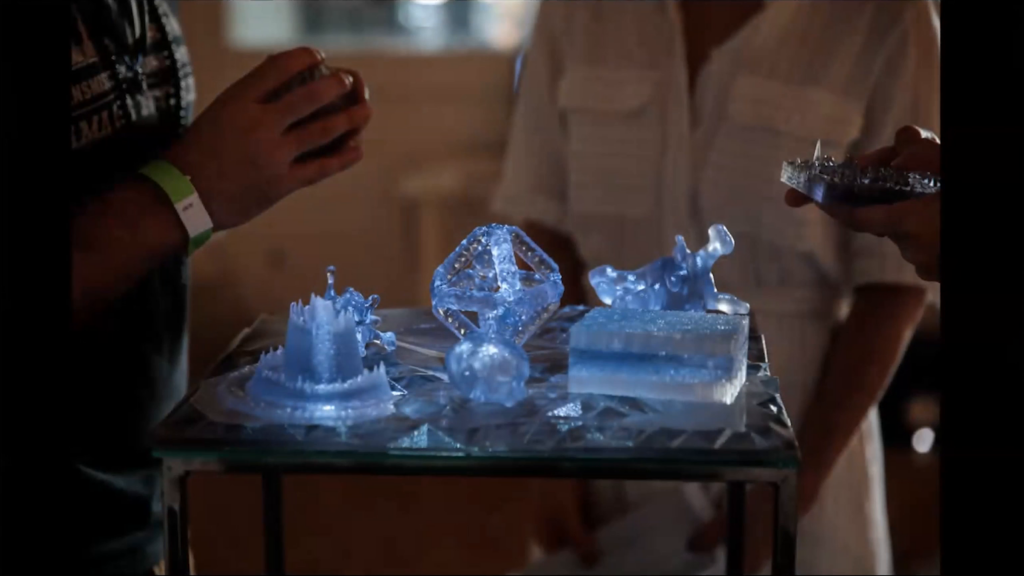
As part of the installation experience we 3D-printed the data so that the folks within the experience would have a tangible experience with the data. So that was basically showcased alongside the VR. And here’s a demo of the VR experience, using the data for the 3D objects which are the visuals and the sound:
Menagerie is also a platform for creating frameworks so that scientists can create their own three-dimensional forms and virtual reality iterations using their data sets. So here we are sharing the product with the scientists and exploring that with them during their tenth anniversary.
Schedel: So, thank you to our fellow presenters, our organizers, and our audience. We’re really looking forward to playing all the games in Federal Hall in July. Thank you.
Clarke: Thank you.
